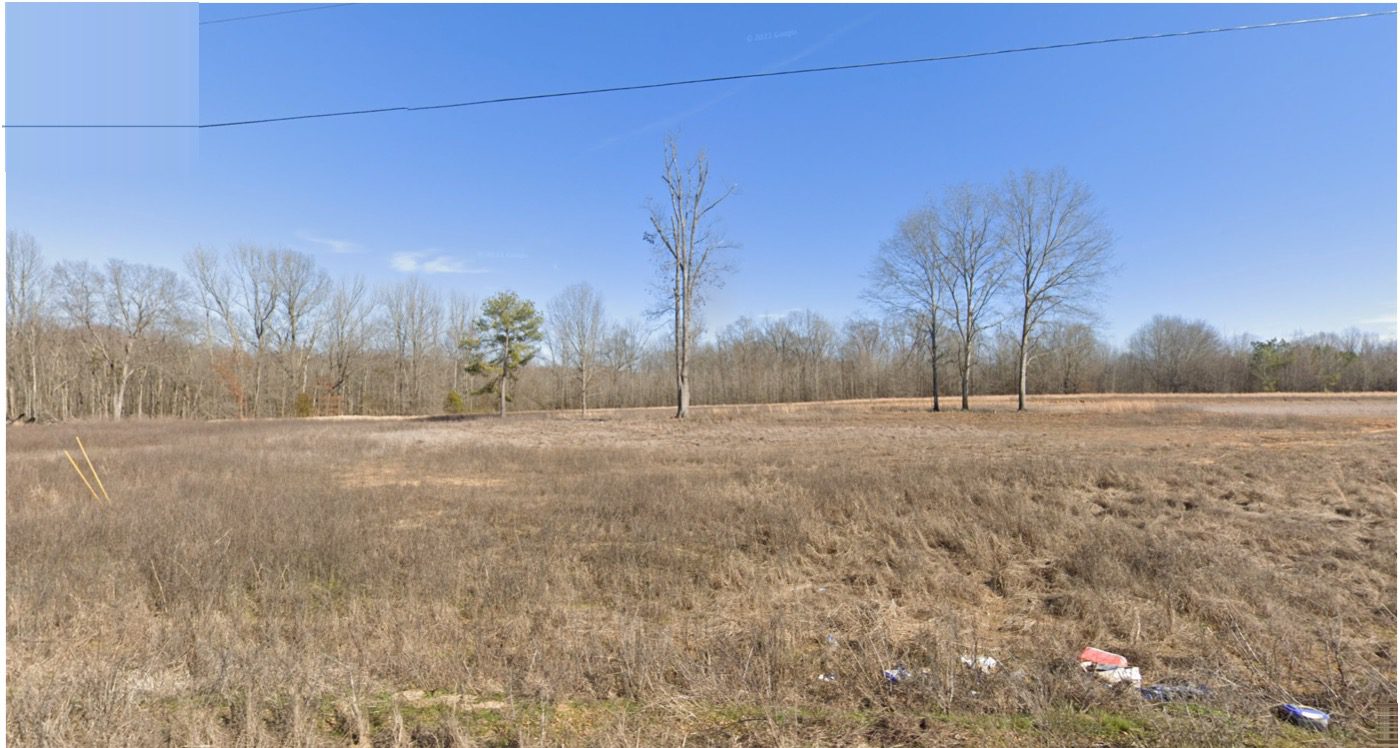When investing in real estate, one important metric you can use to evaluate potential properties is the capitalization rate, or CAP rate for short.
The CAP rate measures the expected return on investment (ROI) an investor can earn on a property based on its income potential; it is calculated by dividing the net operating income (NOI) by the property’s market value.
Understanding how to calculate and interpret CAP rates is an important skill for real estate investors evaluating which properties to invest in and at what price.
We will explain the CAP rate calculation formula in greater detail later in this article. We also have a professional Investor Calculator that can instantly model out 10-year performance estimates on any investment home.
For now, let’s discuss the benefits and uses CAP rates provide people interested in real estate investing.
Using CAP Rates to Evaluate Investment Properties
CAP rates are used by investors for a variety of important financial assessments.
Evaluating Income Potential
CAP rates measure a property’s expected income potential. A high CAP rate indicates the property has a high potential for generating income, while a low CAP rate could mean lower income potential. Investors use this metric to compare different properties’ income potential and evaluate their suitability for investment.
Assessing Risk
You can use CAP rates to assess the level of risk associated with an investment property. Generally, properties with higher CAP rates are considered riskier investments because they are located in areas with higher vacancy rates or the properties need repairs. Lower CAP rates typically indicate a lower level of risk because they are typically situated in stable markets with lower vacancy rates.
Comparing Properties
CAP rates enable you to compare the income-generating potential of different properties regardless of their price or location. For example, a property with a high CAP rate may be more attractive to an investor than a similar property with a lower CAP rate, regardless of their respective prices. Or an investor may choose a property because it has a lower CAP rate than another property and offers a more stable return on investment.
Estimating Property Value
You can use CAP rates to estimate a property’s market value. By dividing the property’s annual net operating income (NOI) by the CAP rate, an investor can calculate the property’s market value.
Making Informed Investment Decisions
CAP rates provide investors with a valuable tool to make informed decisions about which properties to invest in and at what price. By understanding a property’s income potential, level of risk, and estimated market value, investors can make better investment decisions that maximize their potential returns.
In summary, CAP rates are an important metric in real estate investing providing investors with a straightforward way to evaluate a property’s income potential, assess its level of risk, estimate its market value, and ultimately make informed investment decisions.
How Are CAP Rates Calculated?
Calculating capitalization rates (CAP rates) in real estate is a straightforward process that involves dividing a property’s net operating income (NOI) by its market value or purchase price. Here are the steps to calculate CAP rates in real estate:
Step 1: Determine the Net Operating Income (NOI)
The first step in calculating CAP rates is determining the property’s net operating income (NOI). NOI is the property’s annual income after deducting operating expenses such as property taxes, insurance, maintenance, and vacancy costs. The formula for calculating NOI is as follows:
NOI = Gross Rental Income – Operating Expenses
For example, if a property generates $25,000 in annual rental income and has $5,000 in operating expenses, its NOI is $20,000.
Step 2: Determine the Property Value or Purchase Price
The next step is to determine the property’s market value or purchase price. That can be based on recent sales of similar properties or an appraisal. It’s important to note that the market value used should be the current market value or purchase price, not the original purchase price.
Step 3: Calculate the CAP Rate
Once you have determined the NOI and property value or purchase price, you can calculate the CAP rate by dividing the NOI by the property value or purchase price.
The formula for calculating CAP rates is as follows:
CAP Rate = NOI / Property Value
For example, if a property generates $20,000 in NOI and has a market value of $300,000, the CAP rate would be:
CAP Rate = $20,000 / $300,000 = 0.0666 or 7%
That means the property generates a 7% return on investment based on its income potential.
You should note that CAP rates can vary depending on the property type, location, and market conditions. Additionally, the calculation does not include any debt or financing used to purchase the property, so it’s essential to factor in any debt service when evaluating its overall return.
Calculate CAP rates with our Professional Investor Calculator
Meridian’s Investor Calculator makes it easy to instantly model out 10-year performance estimates on any investment home.
Visit https://meridianpacificproperties.com/investor-calculator/ to use our free calculator. You can adjust your rates, taxes, fees, and economic modeling assumptions. The Investor Calculator will provide you with key financial ratios and a debt service summary.
We use this calculator to demonstrate the earning potential of our investment properties. When you view properties for sale on our website the Investor Calculator will automatically populate with the property data, making it easy to model out the performance of the investment over time.
What Is a Good CAP Rate in Real Estate?
Determining a “good” capitalization rate in real estate is subjective and depends on various factors, such as location, property type, local market conditions, and individual investment goals.
Generally, a good CAP rate is competitive and aligns with the investor’s expected rate of return.
A high CAP rate indicates that a property generates a higher income relative to its market value, which is generally desirable to investors. However, high CAP rates often come with higher levels of risk, such as lower property values or a high vacancy rate, which may only be suitable for some investors.
A low CAP rate may indicate a more stable investment with a higher market value, but the lower income potential may not be desirable to some investors. A low CAP rate may be more common in highly sought-after areas, where there is strong demand for properties and the supply is limited.
Generally, a “good” CAP rate meets the investor’s financial objectives while also considering the level of risk. A good CAP rate can vary depending on your investment strategy and goals.
For example, a value-oriented investor may accept a lower CAP rate in exchange for a lower risk profile and the potential for long-term appreciation. In contrast, an investor seeking cash flow may prefer a higher CAP rate with a shorter holding period.
In summary, a good CAP rate in real estate aligns with the investor’s financial objectives and is competitive within the local market conditions while considering the associated risks.
Ultimately, you must conduct thorough due diligence and evaluate all relevant factors before making investment decisions.
Sources:
“What is Capitalization Rate (Cap Rate) in Real Estate?” by Investopedia: https://www.investopedia.com/terms/c/capitalizationrate.asp
“The Importance of Cap Rates in Real Estate Investing” by BiggerPockets: https://www.biggerpockets.com/blog/cap-rates-real-estate-investing
“What is a Good Cap Rate for an Investment Property?” by Roofstock: https://learn.roofstock.com/blog/what-is-a-good-cap-rate-for-an-investment-property
“How to Calculate Cap Rate for Real Estate” by The Balance: https://www.thebalance.com/how-to-calculate-capitalization-rate-for-real-estate-2866776
Please Share This Article
If you enjoyed this article, please share it. We appreciate your support and referrals.
Talk To The Author
Brian Conlon is the Director of Business Development at Meridian Pacific Properties. With years of experience in real estate investing and turnkey property management, Brian specializes in helping investors optimize cash flow, plan for long-term property performance, and navigate the complexities of real estate investing.
Schedule a consultation with Brian to learn more about investing in SFR investment properties.







